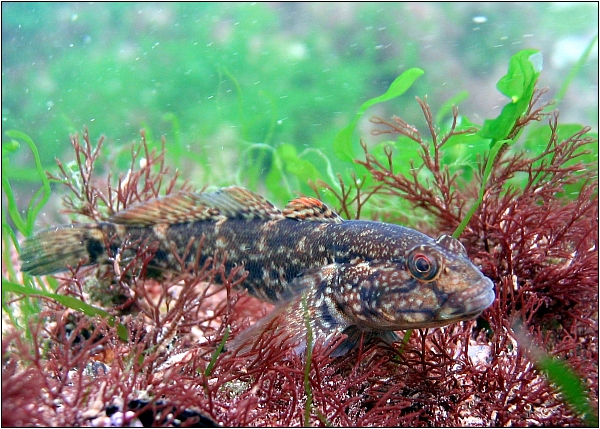This is the second in a series of guest posts in which Chris Smith will examine the evolutionary claims made in Nicholas Wade’s book A Troublesome Inheritance. You can read part I here. Chris is an Associate Professor of Evolutionary Ecology at Willamette University. He uses population genetic approaches to understand coevolution of plants and insects, and he teaches the interdisciplinary course “Race, Racism, and Human Genetics” with Emily Drew.

A Troublesome Inheritance was published in 2014 by Penguin Books. Cover image via Google Books.
Last week at Nothing In Biology Makes Sense, I began critiquing Nick Wade’s latest book, A Troublesome Inheritance. The book has produced a firestorm of criticism, largely because it argues that evolution has produced significant cultural and behavior differences between races.
Wade makes many sweeping claims, among them: that natural selection has made the English inherently fiscally prudent and more likely to defer gratification by saving for tomorrow, that events early in the history of Judaism caused the Jews to evolve features predisposing them to careers in banking, and that genetic variation in certain neurochemicals has made Africans inherently more violent.
Wade hangs these seemingly bizarre conclusions on the mantle of modern population genetics, which he claims confirms the existence of ‘three primary races,’ that have evolved real and significant cultural differences between them. By heavily referencing the scientific literature, Wade manages, as Mike Eisen put it, to “give the ideas that he presents… the authority of science… What separates Wade’s theories – in his own mind – from those of a garden variety racist is that they are undergirded by genetics.”








You must be logged in to post a comment.